Robot
Arm
Activated for self-protection

When I went to a super chaotic city for a campus visit several weeks ago, I got so scared when I heard the gunshot sound under the lab I’ll be working in, I thus decided to build a wearable robot arm for self-protection. The robot arm is designed with three modes: protection mode, cease-fire mode, and attack mode. In protection mode, the robot arm will be automatically tracking and firing when a stranger gets too approached. In attack mode, the robot arm will be following the signals sent by flex sensors attached to a glove. In cease-fire mode, everything will be shut down to prevent unnecessary damage. Flex sensors will be used for controlling the servos and the Open CV algorithm will be used to track the distance and also classify human objects with the others.

Design
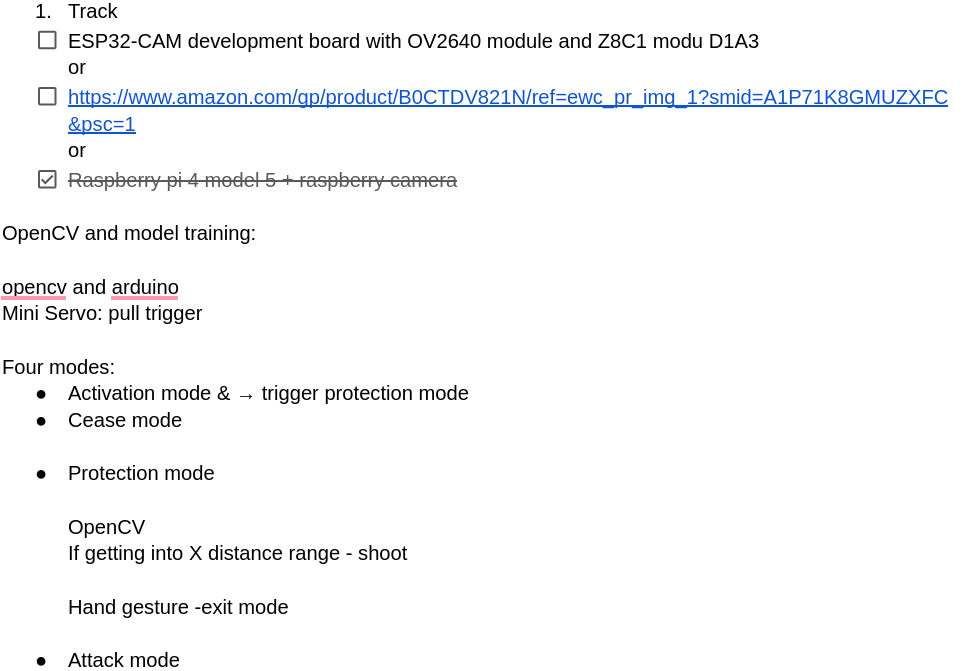
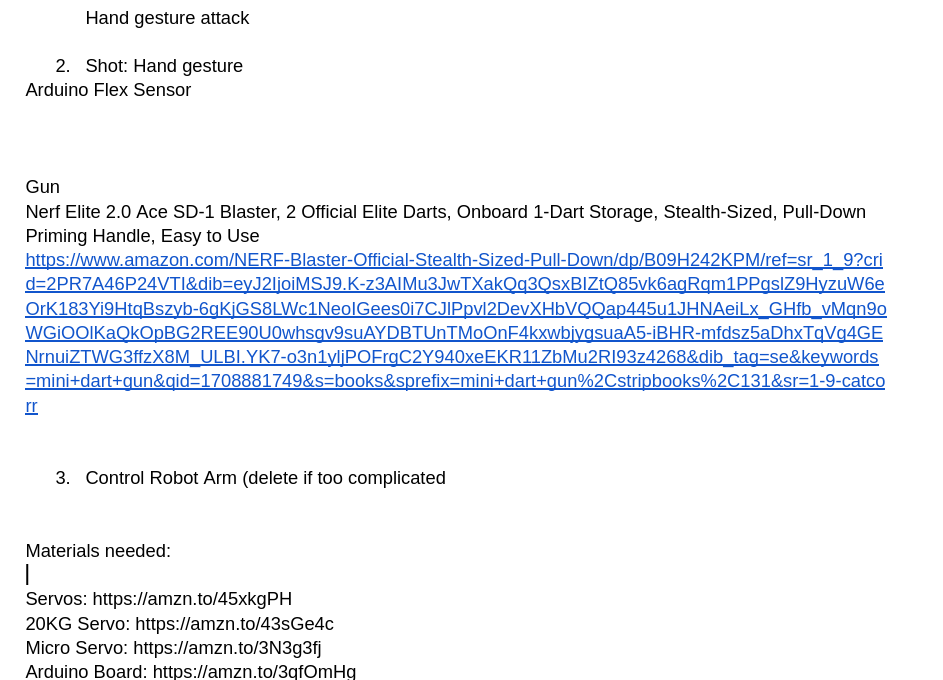
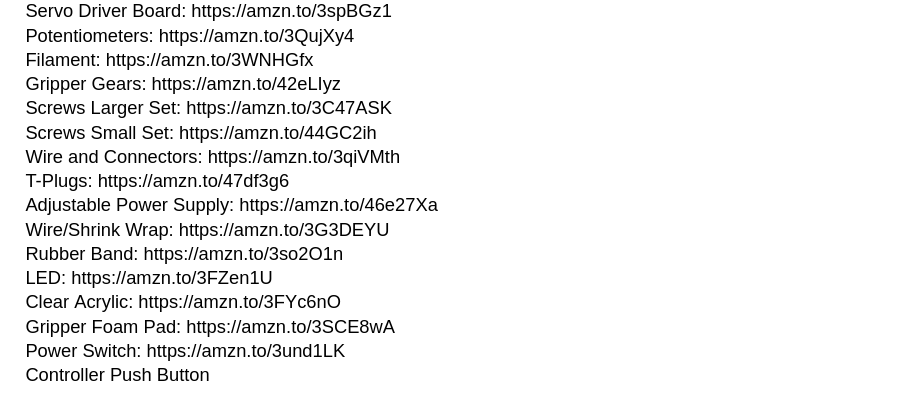

Process
STEP 1
Design the graphs- Left graph is for flex sensor control, Right graph is for open cv
Codes For Servos and Flex Sensors
STEP 2
Build a 3D model for the Robot Arm as a protective cover and print all the components
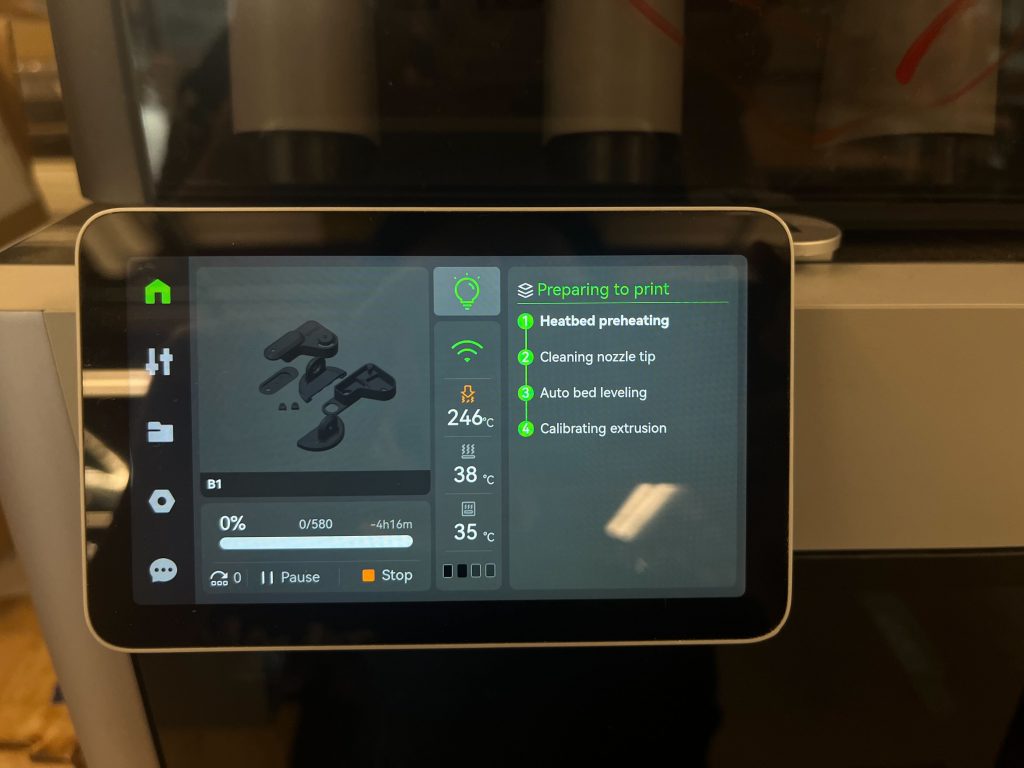
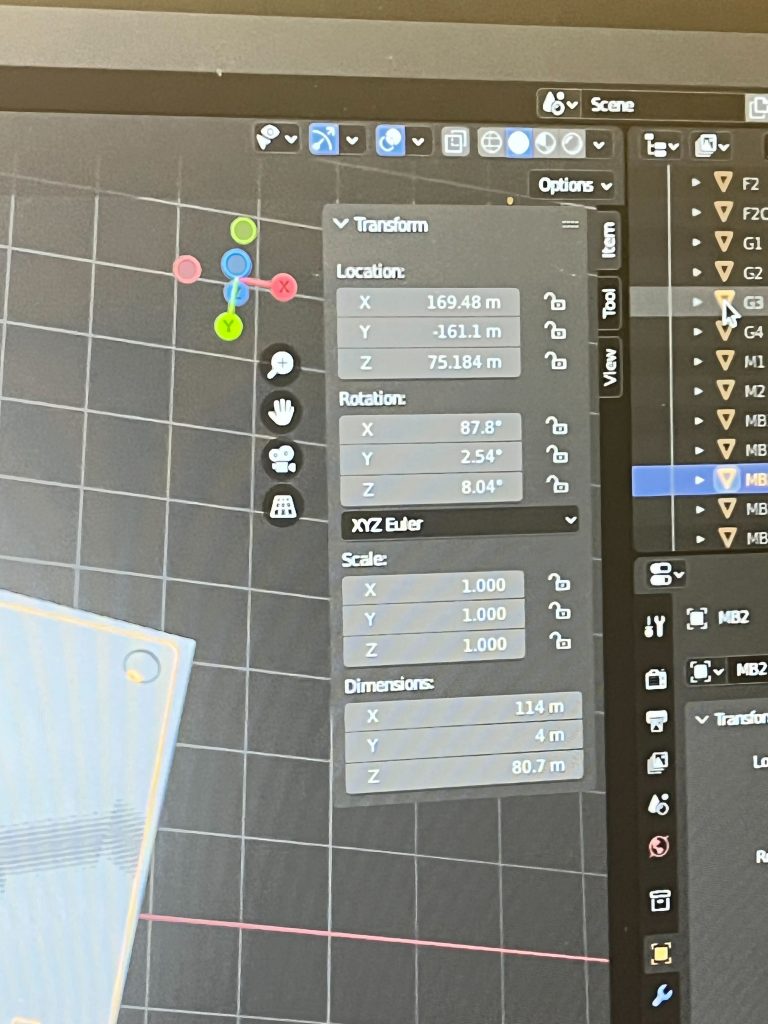
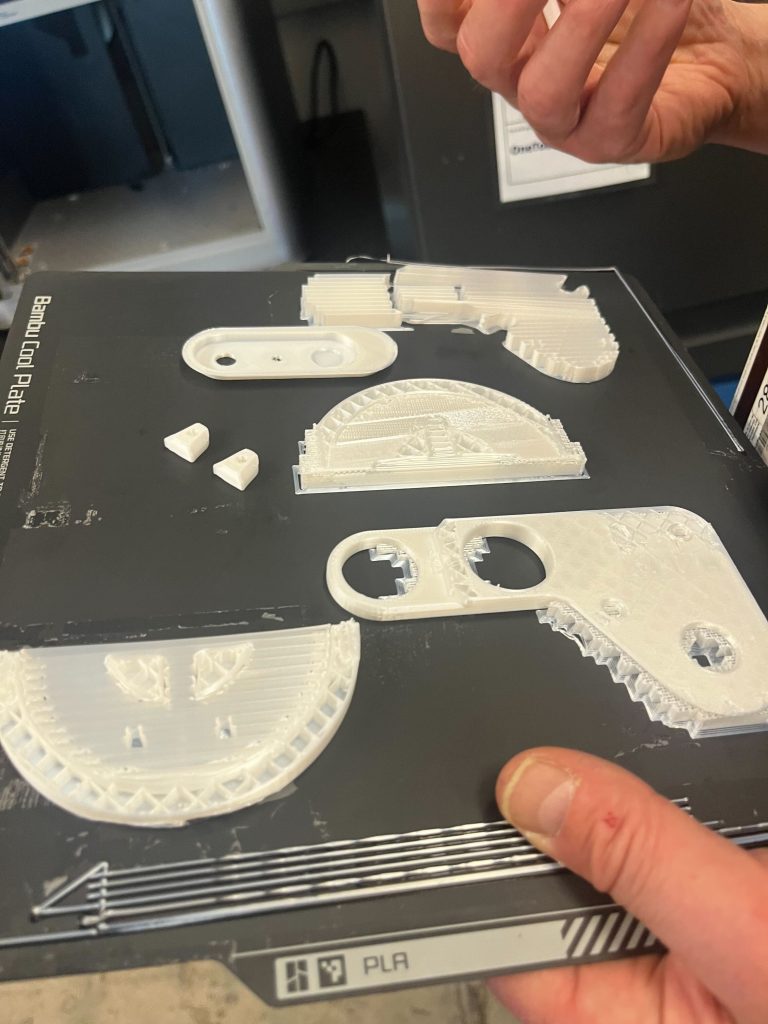
Bugs countered:
- Didn’t measure the size properly (fixed by remeasuring
- Used the support material instead of the proper PLA to print the model (fixed by reprinting
stl 3D model files

STEP 3
Print the 3D model, take off the bridges (so annoying), and spray paint the broken parts
No failures encountered in this step, but I accidentally sprayed some paint onto my boots 🙁

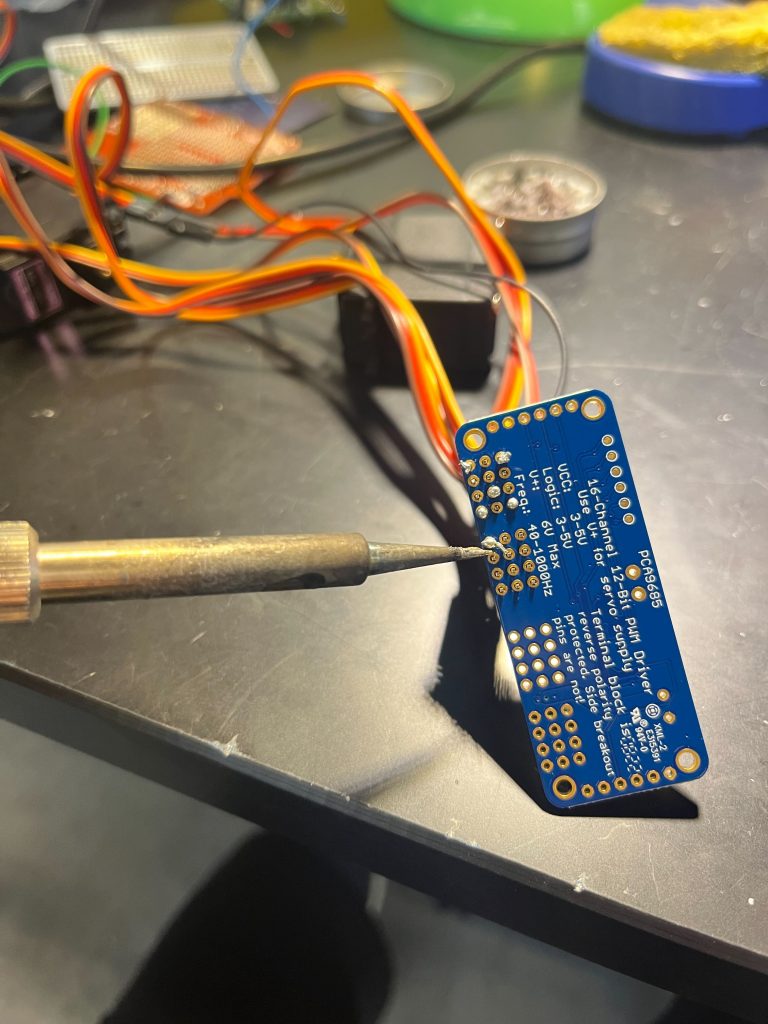
STEP 4
solder the flex sensors with the resistors and connect all the wires up together
Special thanks to Rachel, Mo, Kris, and Luke for all the help!!
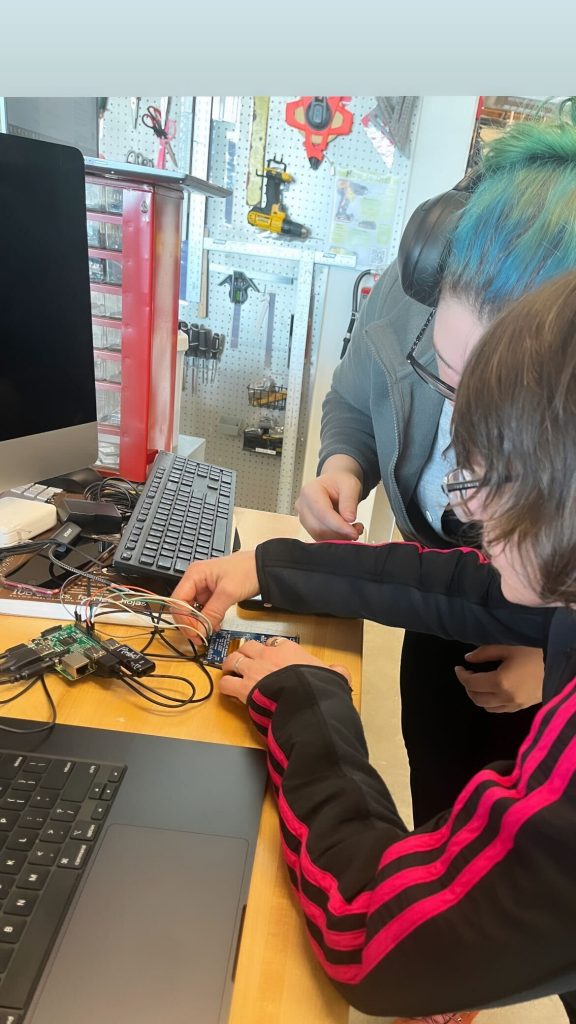
STEP 5
Continue connecting wires and servos, test the mobility of servos with flex sensors

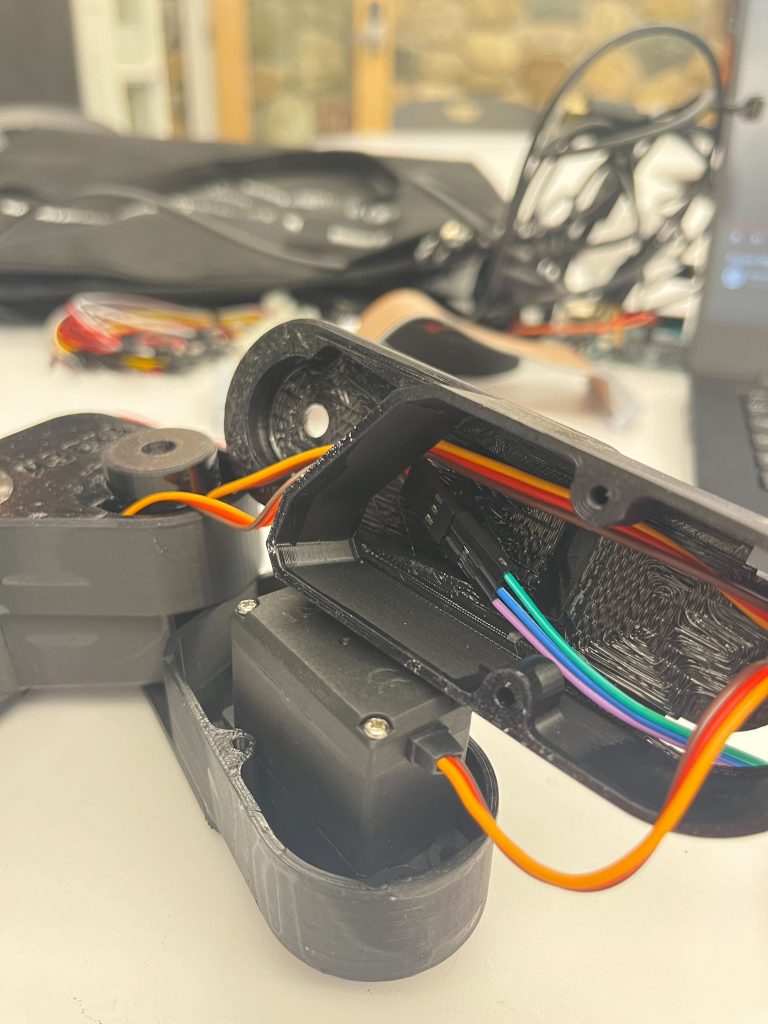
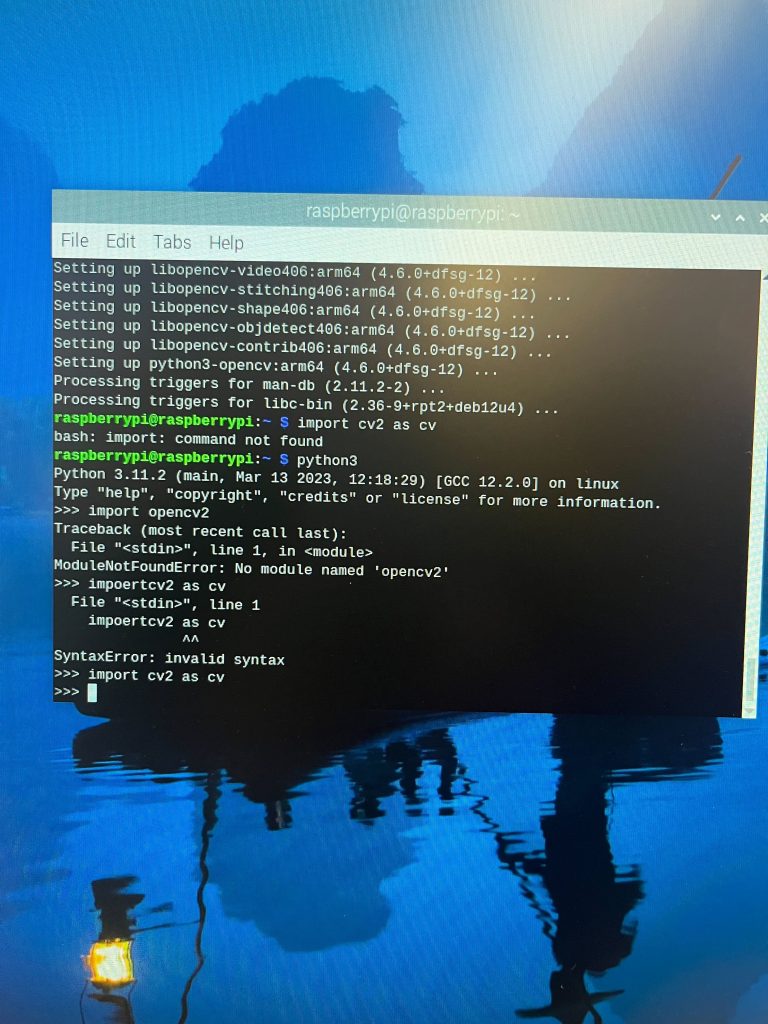
Bugs Encountered:
Had some issues with os version and administration (erased and reinstalled
Code
STEP 6
Install newest version of python on raspberry pi 4 model B, test the raspberry camera
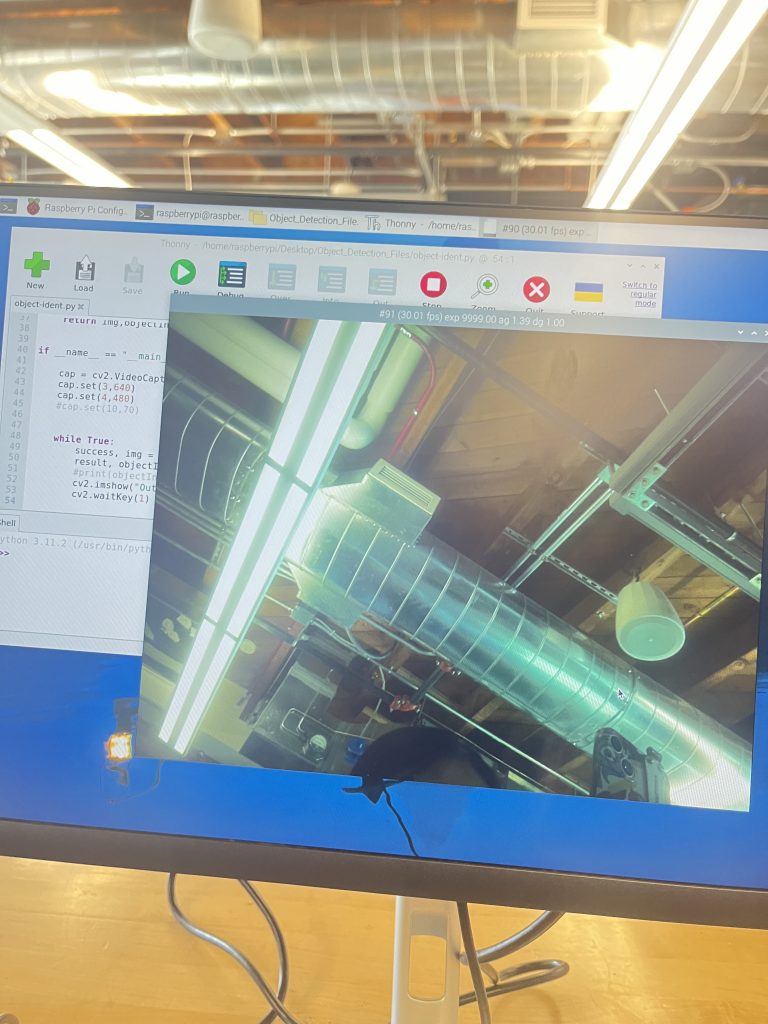

Final product

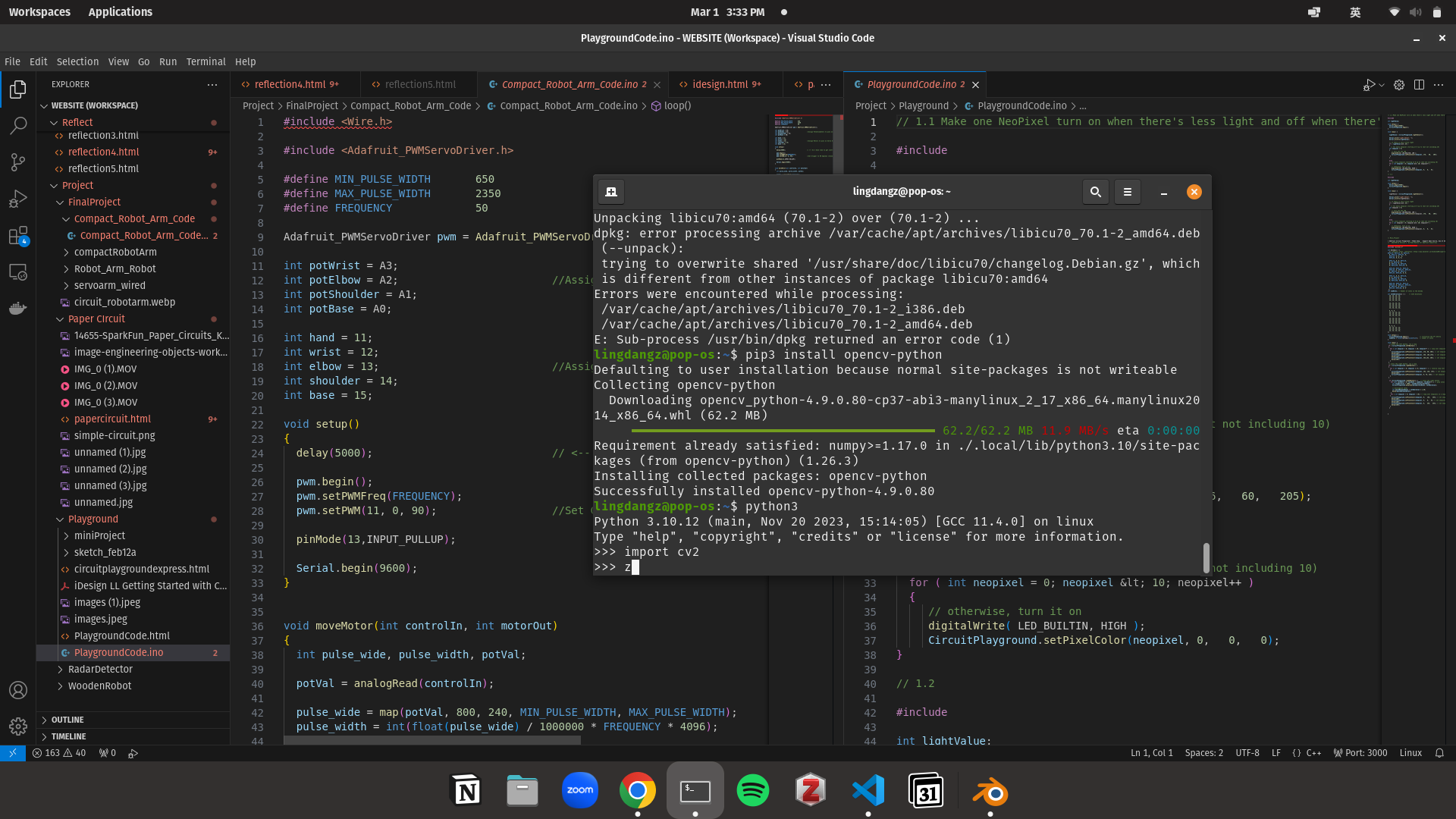
Reflections
Requirements
- The experience of pitching and developing this project
What role did the following play in contributing to successes or how you worked through challenges?- self-efficacy, mindset, self-regulation, active listening, belongingness, cognitive flexibility, effective feedback, emotional intelligence and resilience
- Transfer/connections to other contexts
Can you draw any connections between elements of this project experience and what you have done in other contexts? Challenge yourself to step back and view this broadly – you make choices and problem solve all the time, including:- in a class setting at various levels (how to approach a particular assignment, how to find resources to support your learning)
- when managing your time (how to schedule when you work on which types of activities)
- when interacting with others (in a course/employment/social setting)
- when finding courses, study abroad programs, internship/research opportunities
- when planning a longer-term trajectory (such as choosing a major or post-graduation plans)
This project didn’t really succeed as I didn’t properly estimate how large the power supply required by each servo could be. I have all the components operated properly and all the codes functioned properly, but because there was no enough power to support the operation of all the servos, I didn’t manage to make the robot arm operate as the way I expected. Undeniably, this is an ambitious project, and self-efficacy played a crucial role throughout the process, as believing in my ability to design and implement such a complex system was the first step in transitioning from a state of fear to a proactive engagement. This self-belief triggered my willingness to commit more time to the project.
For me, a growth mindset was another essential factor in facing the challenges that arose during the process. I saw each setback encountered in coding or calibrating the sensors as not as a failure but as a learning opportunity. This mindset facilitated my cognitive flexibility, allowing me to adapt my strategies in response to unexpected difficulties. Resilience and emotional intelligence were also critical in managing my emotional stability of the project by helping me stay focused and motivated. Active listening and effective feedback were also integrated in the project during the pitching phase and when I was seeking advice from peers and mentors. Being open to others’ suggestions and critiques not only improved my project’s development but also fostered my sense of belongingness within a community of wonderful people who invested in my project’s success.
This project could also help me draw connections between elements of this project experience and what I have done in other contexts. For example, in the academic setting, I also always encountered complex assignments. While just as I broke down the project into manageable tasks, I learned to deconstruct assignments into smaller parts, which made the whole project more doable. Time management skills also could be reflected in the project, as when the project partially failed as the final showcase ddls were approaching, I had to schedule and prioritize work and temporarily gave up parts that were not that important. The ability to properly allocate time learned in this project has made my time management more effective in other areas. The project also improved my interpersonal skills, as collaborating with multiple mentors and peers on the project sharpened my communication skills.
Moreover, I also learned how to seek resources for the project, just like the process of finding research opportunities. Overall, this project has influenced my long-term trajectory. The experience has not only broadened my technical expertise but also enriched my approach to learning and problem-solving in a wider context from both a technical aspect and personal development.